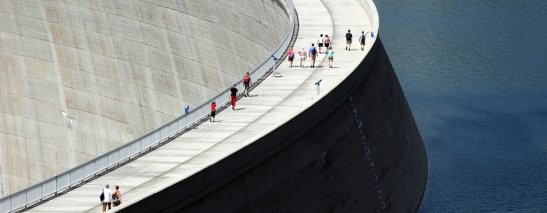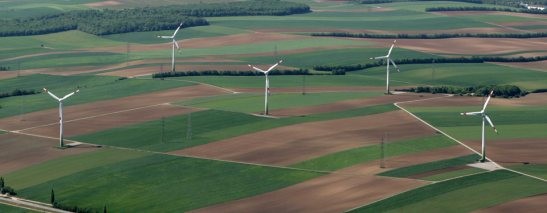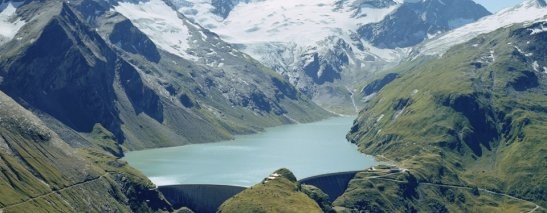Austria
Hydroelectric power supplies approximately 55% of Austrian electricity with an installed capacity of 11,853 MW of which 3,500 MW is PHS. The actual wind installed capacity is around 1000 MW with another 700 MW planned up to 2015. Austria has developed a huge capacity on PHS due to its geographical characteristics with existing storage lakes reducing the building required. According to “APG-Masterplan 2020”, the official 10 years generation and transmission forecast of the Austrian TSO Austrian Power Grid (APG), up to 2020 up to 5,500 MW of new PHS installations are envisaged.
Read moreDenmark
Denmark has the world's biggest share of electricity delivered from fluctuating wind energy productions. At present, the wind power share is above 20% and the plans are in 2030 to raise this share to 50%, making it necessary to consider electricity storage technologies. Over the last eight years West Denmark could not use on average 57% of the wind power it generated and East Denmark an average of 45% and as a result this energy was exported (Wind Energy-The case of Denmark, CEPOS (2009)). Another 50% of the electricity demand is met by CHP.
Read moreGermany
Renewable energy contributes with over 17% to the electrical energy consumption in Germany. Among them wind energy has the highest share with over 6%. The national aim of the German government is 30% of the electrical energy in 2020 to be covered by renewables. There are already problems though because of the high local penetration of wind energy to the grid. Some federal states have very high per capita percentages of wind power, such as Saxony-Anhalt (52.1%), Mecklenburg-Western Pomerania (45,3%), Schleswig-Holstein (44%) and Brandenburg (42,8%).
Read moreGreece
In spite of the high wind potential existing in the Aegean Sea, wind penetration levels in autonomous island grids are currently limited. Currently wind energy accounts for approximately 10% of the annual load demand in all autonomous islands, while a realistic upper limit for wind energy penetration is estimated around 12-14%, based on the current operating practices.
Read moreIreland
Ireland has one of the best wind resources in Europe. While the current penetration of wind power is small compared to other systems, the Irish government has set a target of 40% RES-E by 2020. If this target is met, at least 33% of RES-E is likely to come from wind, with the remainder mainly from biomass and hydro. It is therefore likely that wind generation will frequently exceed the electricity demand in Ireland under this scenario. Already an ambitious grid reinforcement plan will see €4 billion investment to 2025, including additional interconnection capacity to Northern Ireland and a 500 MW HVDC interconnector to Wales.
Read moreSpain
Wind energy represents Spain’s third largest power generation source with a production of 36.2 TWh in 2009, covering 14.5% of the country’s electricity demand. The renewable energy target of Spain for 2020 requires more than 40% of the electricity generation to come from RE, mainly wind energy. In a study developed by REE (Spanish TSO), it was pointed out that Spain could not use all the RE energy produced already in 2014 and 2% of this energy will be wasted. (Informe sobre la integración de generación renovable a medio plazo para el periodo 2009-2014 (REE))
Read more



